Booting biology systems readouts.
Bio-monitors on.
Choice.
Graph five… engage.
Change brain wave parameters.
Brain wave pattern altered.
Prepare brain stem injection.
Initiate brain stem.
Insertion complete.
Synaptic reaction positive.
Change brain wave parameters.
Initiate second level.
Insertion complete.
Initiate brain stem.
Brain wave pattern altered.
Warning.
Shut down theta stimulation.
Warning.
Endocrine, adrenal, increasing to fatal levels.
System shutdown.
Category: biotech/medical – Page 1,376
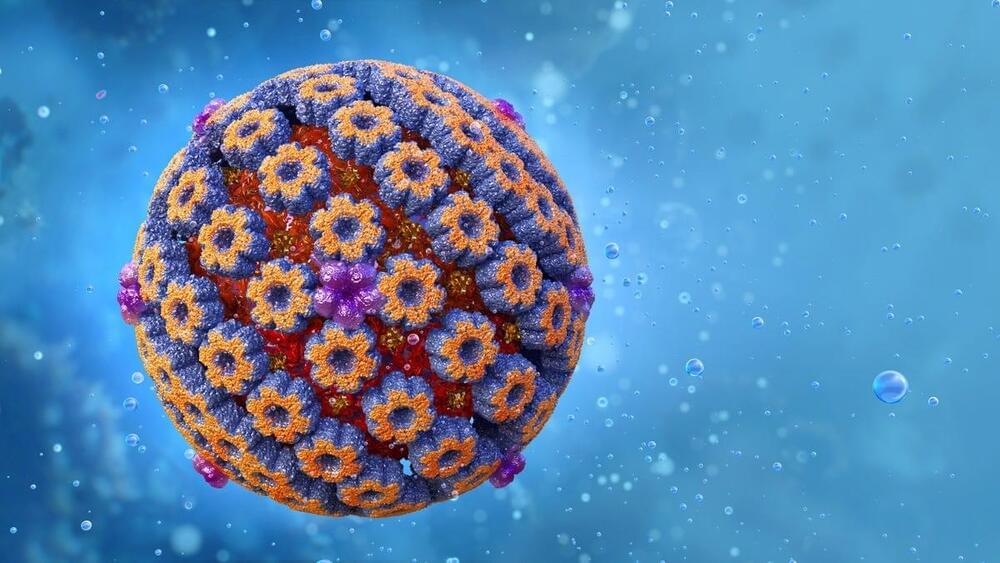

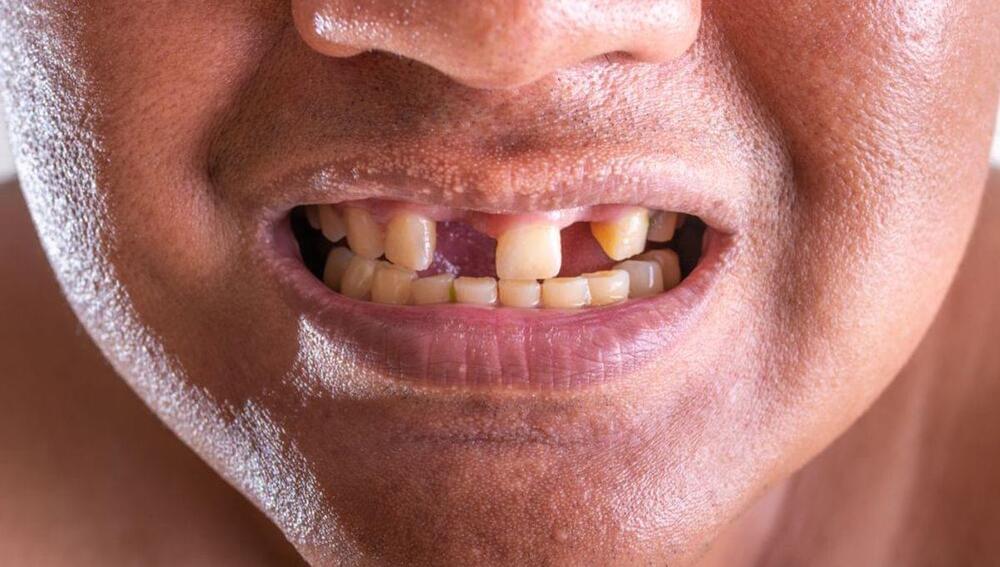
Researchers Have Found A Way To Regrow Teeth
O.o! Circa 2021
False teeth could one day be a thing of the past, thanks to the discovery of an antibody that sparks the regeneration of lost teeth. By inhibiting the action of a gene called USAG-1, the antibody increases the availability of certain growth factors, and could eventually be used to help people grow a new set of pearly whites.
Publishing their work in the journal Science Advances, a team of researchers describes how they genetically modified mice to suffer from tooth agenesis, where some teeth fail to develop. Injecting pregnant mice from this line with the USAG-1 antibody, however, resulted in normal tooth development among their offspring. Moreover, a single administration of the antibody caused the growth of a whole new tooth in regular mice.
The researchers decided to target the USAG-1 gene because it is known to inhibit two signaling molecules known as BMP and Wnt, both of which are involved in tooth development. However, because these compounds also control the growth of a wide range of other organs, interfering with them can produce an array of serious side-effects.
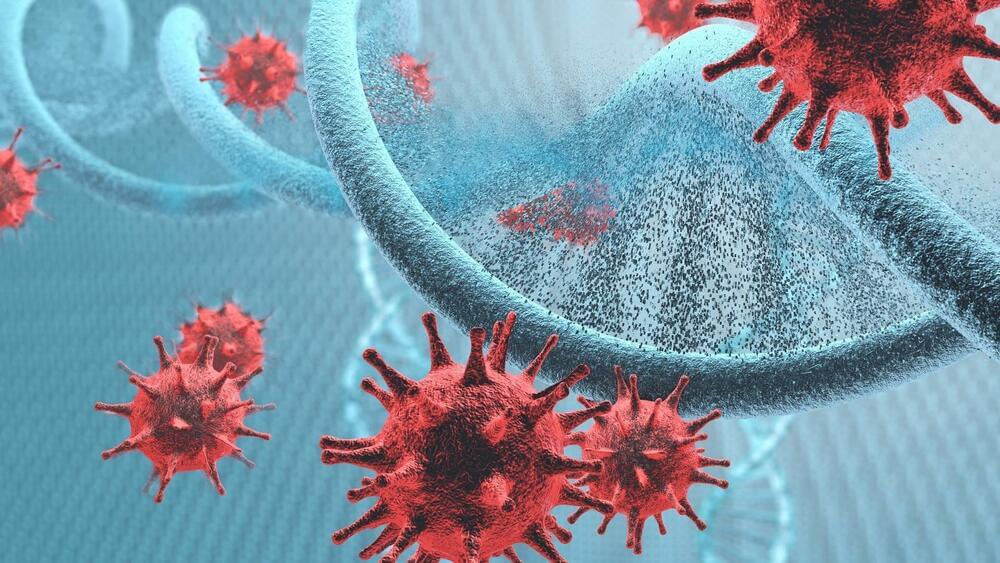
New genetically engineered herpes virus kills cancer cells
A genetically modified version of the herpes virus has shown great potential in treating advanced cancers, according to a report by the Institute of Cancer Research in London published on Thursday.
A promising therapy
Although the treatment is still in early trials, researchers have found that RP2, a modified version of the herpes simplex virus, managed to kill cancer cells in a quarter of patients. The patients had cancers so advanced and complicated that they had run out of treatments to try.
Salk scientists modify CRISPR to epigenetically treat diabetes, kidney disease, muscular dystrophy
Circa 2017 face_with_colon_three
LA JOLLA—Salk scientists have created a new version of the CRISPR/Cas9 genome editing technology that allows them to activate genes without creating breaks in the DNA, potentially circumventing a major hurdle to using gene editing technologies to treat human diseases.
Most CRISPR/Cas9 systems work by creating “double-strand breaks” (DSBs) in regions of the genome targeted for editing or for deletion, but many researchers are opposed to creating such breaks in the DNA of living humans. As a proof of concept, the Salk group used their new approach to treat several diseases, including diabetes, acute kidney disease, and muscular dystrophy, in mouse models.
“Although many studies have demonstrated that CRISPR/Cas9 can be applied as a powerful tool for gene therapy, there are growing concerns regarding unwanted mutations generated by the double-strand breaks through this technology,” says Juan Carlos Izpisua Belmonte, a professor in Salk’s Gene Expression Laboratory and senior author of the new paper, published in Cell on December 7, 2017. “We were able to get around that concern.”
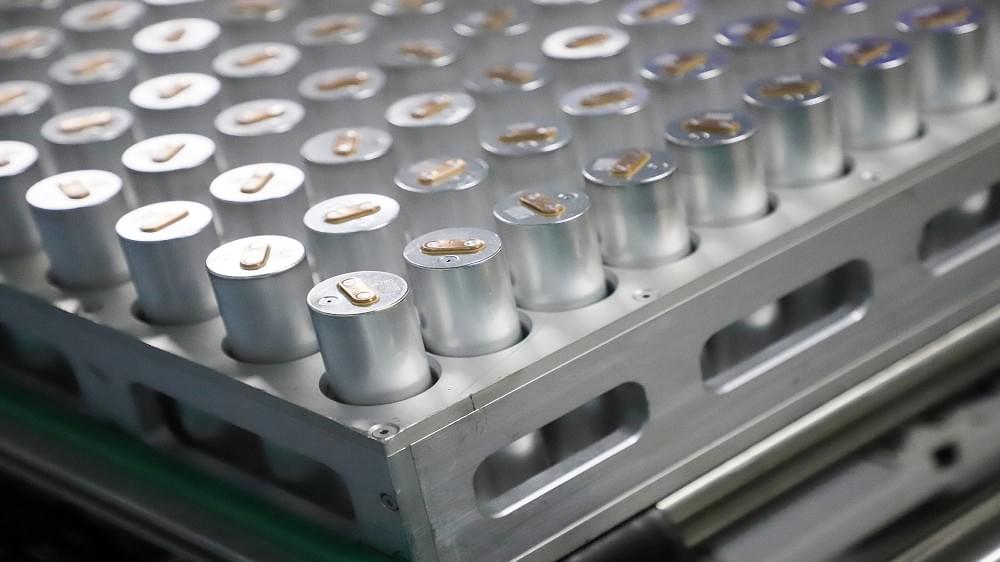
The Battery Wars Are Heating Up in a Good Way
The competition for lithium-ion batteries is heating up in a good way.
And then there are lithium-metal solid-state batteries which promise to be safer, faster charging and last longer than existing lithium-ion technology.
The State of Aluminium-Sulphur Batteries
This type of battery has been around for a while but the main shortcoming of the technology has been durability. The batteries using ambient temperature ionic liquid electrolytes form dendrites over time that interfere with the flow of electrons between the anodes. The results are short circuits. The cure appears to be raising the operating temperature of the battery and switching out the electrolyte. At 110 Celsius (230 Fahrenheit) degrees this new version of the aluminum-sulphur battery doesn’t form dendrites.
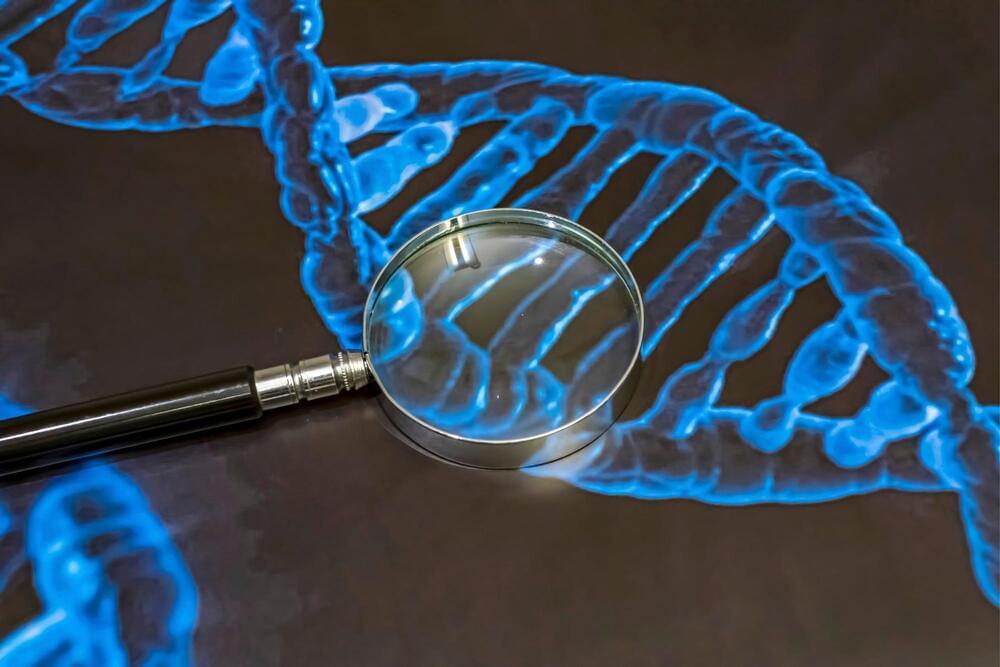
Affecting Up to 216,000 Studies — Popular Genetic Method Found To Be Deeply Flawed
According to recent research from Sweden’s Lund University, the most commonly used analytical method in population genetics is deeply flawed. This could have caused incorrect results and misconceptions regarding ethnicity and genetic relationships. The method has been used in hundreds of thousands of studies, influencing findings in medical genetics and even commercial ancestry tests. The findings were recently published in the journal Scientific Reports.
The pace at which scientific data can be gathered is increasing rapidly, resulting in huge and very complex databases, which has been nicknamed the “Big Data revolution.” Researchers employ statistical techniques to condense and simplify the data while maintaining the majority of the important information in order to make the data more manageable. PCA (principal component analysis) is perhaps the most widely used approach. Imagine PCA as an oven with flour, sugar, and eggs serving as the input data. The oven may always perform the same thing, but the ultimate result, a cake, is highly dependent on the ratios of the ingredients and how they are mixed.
“It is expected that this method will give correct results because it is so frequently used. But it is neither a guarantee of reliability nor produces statistically robust conclusions,” says Dr. Eran Elhaik, Associate Professor in molecular cell biology at Lund University.
A genetically encoded tool to increase cellular NADH/NAD+ ratio in living cells
Impaired reduction/oxidation (redox) metabolism is a key contributor to the etiology of many diseases, including primary mitochondrial disorders, cancer, neurodegeneration, and aging. However, mechanistic studies of redox imbalance remain challenging due to limited strategies which can perturb cellular redox metabolism and model pathology in various cellular, tissue, or organismal backgrounds without creating additional and potentially confounding metabolic perturbations. To date, most studies involving impaired redox metabolism have focused on oxidative stress and reactive oxygen species (ROS) production; consequently, less is known about the settings where there is an overabundance of reducing equivalents, termed reductive stress. NADH reductive stress has been modeled using pharmacologic inhibition of the electron transport chain (ETC) and ethanol supplementation. Still, both these methods have significant drawbacks. Here, we introduce a soluble transhydrogenase from E. coli (Ec STH) as a novel genetically encoded tool to promote NADH overproduction in living cells. When expressed in mammalian cells, Ec STH, and a mitochondrially-targeted version (mito Ec STH), can elevate the NADH/NAD+ ratio in a compartment-specific manner. Using this tool, we determine the metabolic and transcriptomic signatures of NADH reductive stress in mammalian cells. We also find that cellular responses to NADH reductive stress, including blunted proliferation, are dependent on cellular background and identify the metabolic reactions that sense changes in the cellular NADH/NAD+ balance. Collectively, our novel genetically encoded tool represents an orthogonal strategy to perturb redox metabolism and characterize the impact on normal physiology and disease states.
The authors have declared no competing interest.
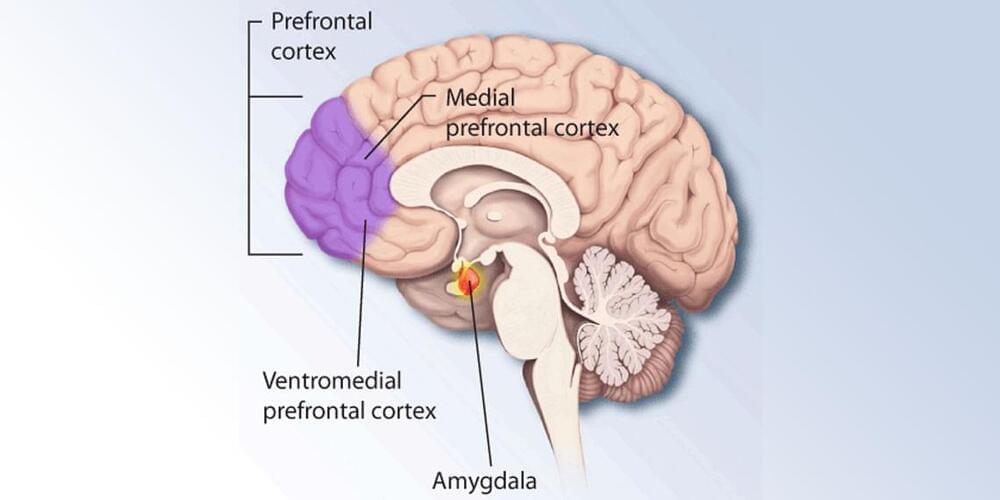
Neuroimaging study suggests mental fatigue helps preserve the chemical integrity of the brain
Strenuous cognitive work leads to an accumulation of glutamate in the prefrontal cortex, according to new research published in the journal Current Biology. The new findings suggest that mental fatigue is a neuropsychological mechanism that helps to avert the build up of potentially toxic byproducts of prolonged cognitive activity.
“Nobody knows what mental fatigue is, how it is generated and why we feel it,” said study author Antonius Wiehler, a member of the Motivation, Brain and Behavior Lab at Pitié Salpêtrière Hospital in Paris. “It has remained a mystery despite more than a century of scientific research. Machines can do cognitive tasks continuously without fatigue, the brain is different and we wanted to understand how and why. Mental fatigue has important consequences: for economic decisions, for management at work, for education at school, for clinical cure, etc.”
The researchers were particularly interested in the role of glutamate, an excitatory neurotransmitter that is involved in a variety of cognitive functions, including learning and memory. In addition, glutamate plays a role in controlling the strength of synaptic connections. Too much or too little glutamate can lead to neuronal dysfunction, so it is critical that this neurotransmitter is tightly regulated.